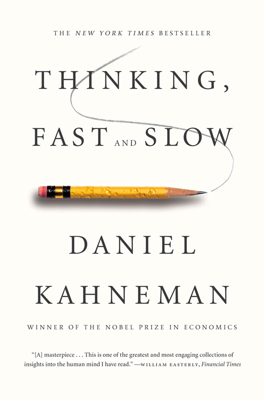Reversals
Reversals and Preference Inconsistencies in Decision-Making
The chapter explains how individual and joint evaluations of scenarios can lead to starkly different judgments and preferences, often revealing an inconsistency in human decision-making processes. This phenomenon is particularly explored through various experiments and legal setups, underlining the importance of comparing scenarios to foster more comprehensive and rational judgments.
Key Examples and Experiments
Victim Compensation Scenario: Two scenarios involve a man shot during a burglary, either at his regular store or an irregular one. When evaluated together (joint evaluation), most agree that compensation should be the same, focusing on the injury rather than the store. However, in separate evaluations, the compensation awarded differs dramatically, influenced by the emotional reaction (poignancy) tied to visiting a non-regular store, demonstrating a preference reversal.
Bets Preference Reversal:
- Initial Selection: Individuals prefer a safer bet with a nearly certain modest gain over a risky bet with a higher possible gain but a significant chance of losing.
- Valuation: When considering selling the bet they own, people place a higher price on the riskier bet, showcasing another preference reversal. This illustrates how single evaluations highlight certain aspects (like potential gain) which are downplayed in joint evaluations.
Real-World Implications: Legal settings occasionally show such discrepancies. Jurors assessing punitive damages award different amounts based on whether they evaluate personal injury or financial loss cases individually or together. When evaluated together, assessments are more sympathetic towards personal injury over financial wrongdoing, increasing compensation for personal damages in joint evaluations.
Psychological and Economic Relevance
The chapter highlights how System 1’s emotional responses often govern single evaluations, leading to decisions that may not align with one’s moral or rational standards. Joint evaluations, requiring more deliberate System 2 thinking, tend to foster comparisons and considerations of broader contexts, making them more stable and potentially more rational.
Implications for Legal and Regulatory Processes
The legal system often discourages joint evaluations, such as prohibiting jurors from considering other similar cases when assessing punitive damages, which can result in uneven and seemingly unjust rulings. Across different regulatory agencies, penalties for various infractions seem rational within a specific agency's context but turn illogical when juxtaposed, suggesting a need for a broader framing to achieve coherence and fairness.
Conclusion
The concept of reversals and inconsistencies in decision-making serves as a crucial reminder of the cognitive biases that can affect judgments. It argues for widening the evaluative frame to enhance decision-making consistency, aligning more with rational economic models and ensuring fairer assessments in legal and regulatory contexts. These insights advocate a move towards more integrated and comprehensive strategies for evaluation, crucial for both personal decision-making and institutional policies.
